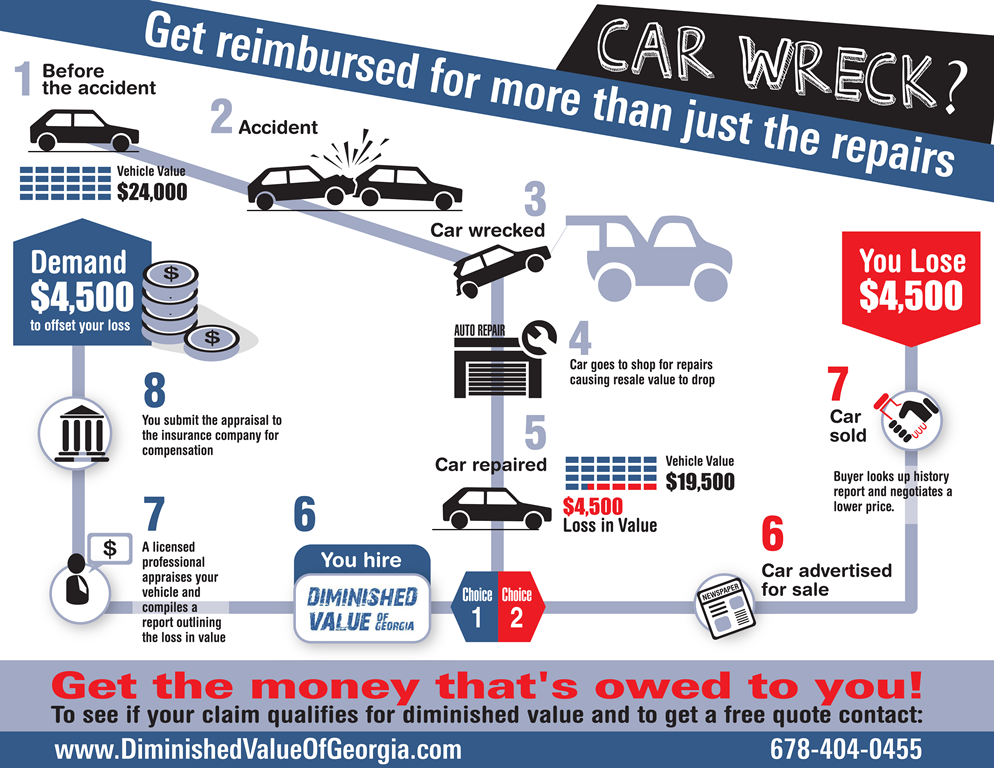Recognizing Your Vehicle'S Warning Lights: What Do They Really Mean?
Recognizing Your Vehicle'S Warning Lights: What Do They Really Mean?
Blog Article
Web Content By-Sykes Winters
When you lag the wheel, those glowing caution lights on your dashboard can be a bit difficult. Do you understand what they're trying to tell you regarding your automobile's health and wellness? Understanding the significance of these lights is essential for your safety and the durability of your automobile. So, the next time among those lights turns up, would not you wish to understand its message accurately and take the necessary steps to address it?
Common Warning Lights and Interpretations
Identify typical caution lights in your automobile and comprehend their definitions to ensure risk-free driving.
One of the most normal warning lights consist of the check engine light, which signifies problems with the engine or emissions system. If this light comes on, it's important to have your lorry inspected immediately.
The oil stress alerting light indicates low oil pressure, calling for immediate focus to prevent engine damage.
https://www.carandbike.com/news/fixcraft-aims-to-strengthen-presence-in-aftersales-market-with-network-expansion-and-parts-business-3200345 flashing battery light could recommend a malfunctioning billing system, possibly leaving you stranded otherwise attended to.
The tire stress monitoring system (TPMS) light alerts you to reduced tire stress, influencing automobile stability and fuel performance. Neglecting this could cause hazardous driving problems.
The ABS light indicates an issue with the anti-lock stopping system, compromising your capability to quit quickly in emergency situations.
Last but not least, the coolant temperature warning light warns of engine getting too hot, which can lead to serious damages otherwise solved promptly.
Recognizing these typical caution lights will certainly aid you deal with concerns quickly and maintain risk-free driving conditions.
Value of Prompt Interest
Understanding the usual warning lights in your automobile is only the first step; the value of immediately dealing with these warnings can not be highlighted sufficient to guarantee your safety when traveling.
When a caution light brightens on your dashboard, it's your automobile's way of communicating a potential issue that requires attention. Ignoring these cautions can result in a lot more severe issues down the road, jeopardizing your security and possibly costing you extra out of commission.
Prompt interest to warning lights can prevent break downs and crashes. For instance, a flashing check engine light could show a misfire that, if left neglected, can create damages to the catalytic converter. Addressing this quickly can save you from a pricey repair.
Similarly, a brake system warning light may signal reduced brake fluid or worn brake pads, important parts for your security when driving.
DIY Troubleshooting Tips
If you notice a caution light on your control panel, there are a couple of DIY fixing suggestions you can attempt before looking for expert aid.
The initial step is to consult your automobile's manual to recognize what the particular warning light indicates. Often https://audiecutuning38494.blogginaway.com/31800715/personal-experience-transforming-my-car-with-a-weekend-break-describing-session can be as straightforward as a loose gas cap setting off the check engine light. Tightening the gas cap may fix the problem.
An additional common concern is a low battery, which can set off different warning lights. Examining the battery connections for deterioration and ensuring they're secure may fix the issue.
If a caution light persists, you can try resetting it by detaching the auto's battery for a couple of minutes and then reconnecting it. Furthermore, inspecting your car's liquid degrees, such as oil, coolant, and brake fluid, can help repair cautioning lights connected to these systems.
Conclusion
Finally, comprehending your vehicle's caution lights is important for keeping your automobile running efficiently and securely. By immediately addressing these alerts and knowing what they mean, you can stay clear of expensive repair services and potential malfunctions.
Bear in mind to consult your automobile's manual for particular information on each advising light and do something about it appropriately to make certain a trouble-free driving experience.
Keep notified, stay safe when driving!
